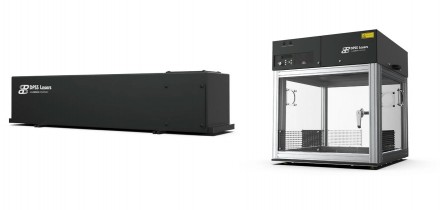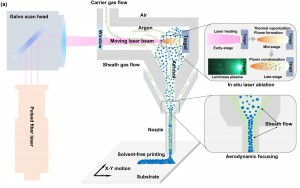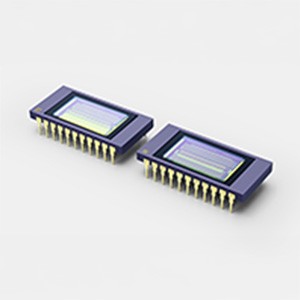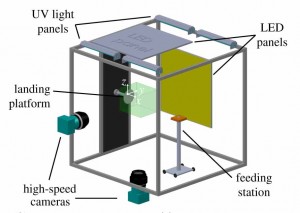
Pollinators are responsible for one of every three bites of food we take. Most of these pollinators are domesticated honeybees which over the past decade have experienced dramatic losses in population, largely due to Varroa mites, a parasite also known as Varroa destructor. The mites latch onto honeybees and suck their fat body tissue, stunting and weakening them and causing entire colonies to collapse. Researchers, using high-speed cameras from Mikrotron, are working to uncover how the mites impact honeybees' cognitive abilities, and hopefully, to help develop strategies to save bee colonies.
Earlier studies have shown that bees from Varroa-infested colonies have reduced homing and flight capacity. However, it was not known whether flight maneuverability and related learning capability were also affected. Researchers funded by the Wageningen Institute of Animal Sciences (Wageningen, The Netherlands) recently tested how honeybees from Varroa-infested and non-infested control colonies fly in unfamiliar environments. Using stereoscopic high-speed videography, they analyzed 555 landing maneuverers recorded during 12 days for approximately 5 hours per day.
Experiments took place in a custom-built flight arena. The flight arena consisted of a 1×1×1 meter flight room, a horizontal feeding platform, and a vertical landing platform to which a beehive, positioned outside the arena, was connected. The feeding platform contained a honey solution to attract the bees. The Mikrotron-based videography system was used to track the three-dimensional flight trajectories of bees landing on the vertical landing platform, when returning to the hive, to analyze how well the infected and non-infected samples performed over time.
The videography system consisted of two synchronized Mikrotron EoSens CL MC1362 CameraLink™ monochrome cameras featuring a 50 mm Nikkor f1.8 AF-D lenses, recording at 300 frames per second with exposure set at 1 ms and 970 × 1020 pixel resolution. The Mikrotron cameras were positioned on the side and bottom of the arena, with an area-of-interest of approximately 20×20×20 cm in front of the landing platform. Camera images were backlit using two 45W broad-spectrum LED light panels -- 3680 lumens, cold white 4500K LEDs -- mounted outside the flight arena opposing each camera. With this backlighting, the cameras viewed the flying bees as shadows in front of a bright background. After recording was stopped, the intensity of the LED lights in the set-up was slowly reduced, encouraging the bees to return back to the hive. The vertical landing platform consisted of a white circular flat plate with a hole in the middle and a tube running to the hive entrance.
The three-dimensional flight movements were tracked using an in-house developed flight algorithm. Based on machine-vision algorithms in OpenCV, it tracked the centroids of bee silhouettes. From the collection of flight tracks in each camera view, the researchers selected the ones approaching the landing platform simultaneously in both cameras, and reconstructed the three-dimensional track using direct linear transformation.
All statistical analysis was performed using Matlab 2018b from Mathworks. Researchers quantified landing success as percentage of successful landings on the platform, and assessed how this changed over time. They found that the workforce of Varroa-infested colonies did not improve their landing success over time, while for control bees landing success improved with approximately 10% each hour. Analysis of the landing trajectories showed that control bees improved landing success by increasing the ratio between in-flight aerodynamic braking and braking at impact on the landing platform; bees from Varroa-infested colonies did not increase this ratio over time.
It was the conclusion of the researchers that Varroa-induced detriment to this landing skill-learning capability might limit bees from Varroa-infested colonies to adapt to new or challenging conditions, and might consequently contribute to Varroa-induced mortality of honeybee colonies.







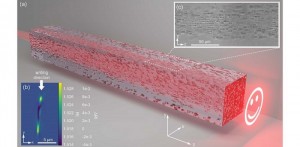
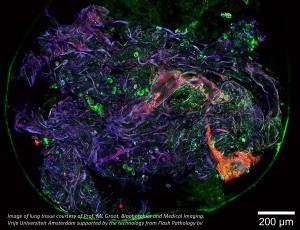

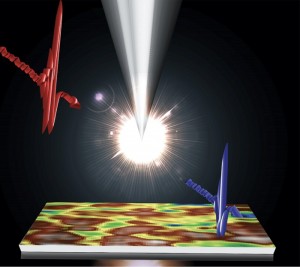
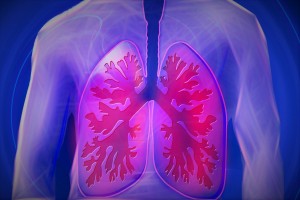
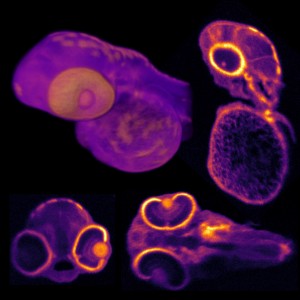


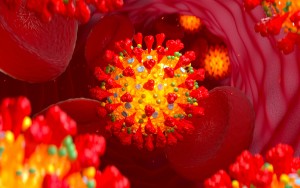















 Back to News
Back to News










